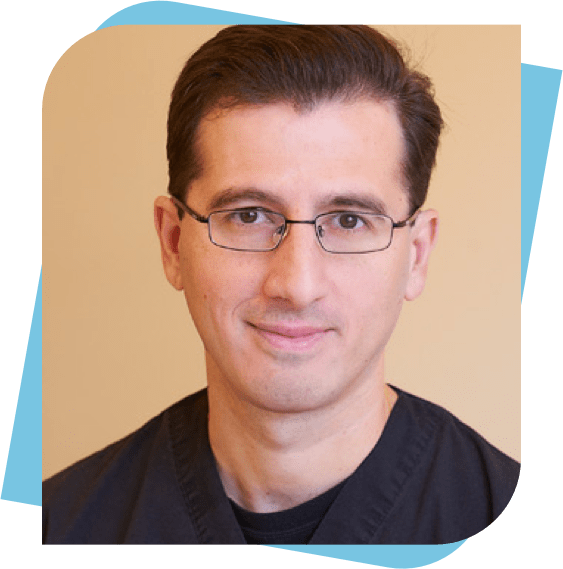The teeth along your upper jaw should slightly overlap those of your lower jaw so that the grooves of the molars fit into the opposite one. If you have misalignment and partially impacted teeth, this can cause problems that can lead to oral health complications if left untreated. If you’re concerned about your teeth, make an appointment to talk to your dentist. In the meantime, here are some common issues caused by impacted or crowded teeth.
Cavities and Tooth Decay
Partially impacted teeth, crooked teeth, and crowded areas are harder to clean with a toothbrush and floss. As a result, food and bacteria can easily become lodged between the teeth and gumline, leading to cavities and potential tooth decay.
Gum Disease and Tooth Loss
As plaque and tartar form between those hard-to-clean areas, the gums can start to become inflamed and irritated. When left untreated, gingivitis can advance to periodontitis, where the gum and bone pull away from the teeth and form small pockets that can collect debris and become infected. As the pockets deepen and more gum tissue and bone are damaged, the teeth can start to become loose, resulting in tooth loss.
Difficulty Chewing and Speaking
Misaligned teeth can also affect the way you chew and speak. Chewing issues can cause pain and lead to digestion issues, resulting in gastrointestinal problems such as heartburn and acid reflux. Misalignment can affect the way you create sound as well, causing issues with speech and communication.
Tooth Injury and Jaw Strain
As impacted and crowded teeth start to grow in, they can push against other teeth, making them stick out and cause chips and breaks to occur. When the upper and lower teeth don’t merge comfortably, it can cause a misaligned jaw, resulting in an overbite, underbite or other alignment issues.
Bruxism
Crowded and impacted teeth can cause pressure on the teeth and jaws that can lead to grinding and clenching. Bruxism can also lead to chipped teeth, flattened teeth, jaw pain, headaches, and a disrupted sleep pattern.
Bad Breath
Nooks and crannies between crowded teeth can become a breeding ground for bacteria which can also lead to bad breath.
How Is It Treated?
Some people who experience mild crowding may not need treatment if there are no concerning symptoms. However, if it’s more severe and causing issues as mentioned above, a number of treatment options are available. The most common include braces to correct the position of the teeth, as well as bonding or capping to fill in gaps, plates and wires to stabilize the jaw, or removal of teeth to correct the overcrowding or impacted teeth.
If you have overcrowding or an impacted tooth that’s causing issues, contact us at Yazdani Family Dentistry to schedule an appointment.









